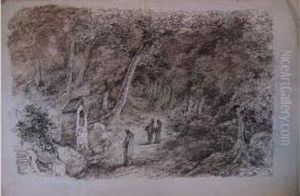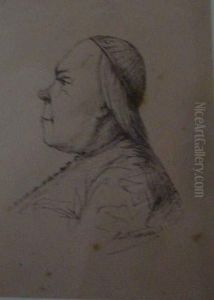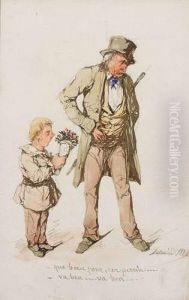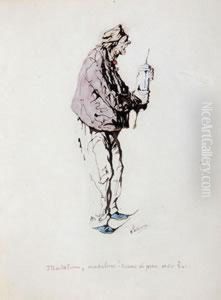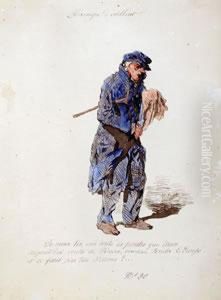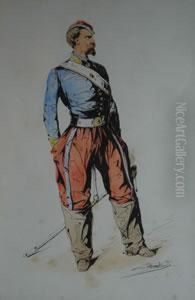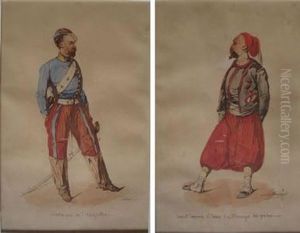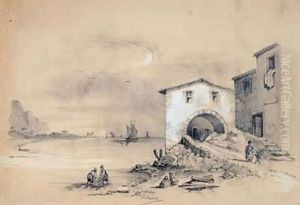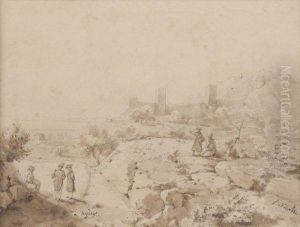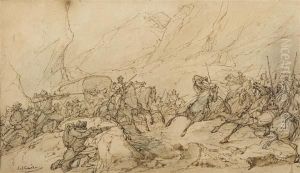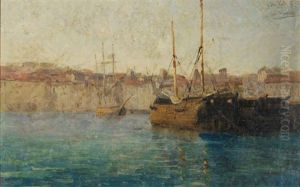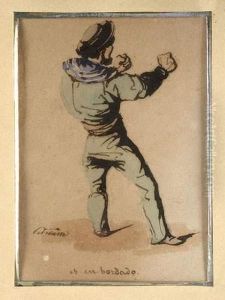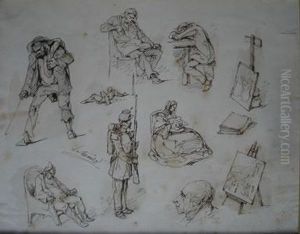Pierre Letuaire Paintings
Pierre Letuaire was a French painter and lithographer born on June 20, 1798, in Toulon, France. He is known for his works that capture scenes from the Napoleonic era and French military history, as well as his depictions of contemporary life and landscapes.
Letuaire was a student of Antoine-Jean Gros, who was a prominent painter of the time and known for his historical and neoclassical style. Under Gros' tutelage, Letuaire developed a keen interest in military subjects, which is evident in many of his works. He also studied at the École des Beaux-Arts in Paris, which further honed his artistic skills and knowledge.
Throughout his career, Pierre Letuaire exhibited his work at the Salon, the official art exhibition of the Académie des Beaux-Arts in Paris. His paintings often depicted heroic scenes from battles, portraits of military figures, and historical events, reflecting the turbulent times during and after the Napoleonic Wars. He also created lithographs, a popular medium during the 19th century, which allowed his work to reach a wider audience.
In addition to his military and historical subjects, Letuaire's oeuvre includes genre scenes, landscapes, and urban views that provide insight into the daily life and environment of 19th-century France. His style is characterized by detailed composition, vivid character portrayal, and a commitment to realism, which was a defining characteristic of the artistic movements of his time.
Pierre Letuaire's contribution to French art is significant, particularly in his documentation of historical events and his ability to capture the essence of the era in which he lived. His works are preserved in various museums and collections, allowing future generations to appreciate the historical and artistic value of his paintings and lithographs.
Letuaire passed away on February 13, 1885, in his hometown of Toulon. His legacy continues to be recognized by art historians and enthusiasts who study the art and history of the early to mid-19th century.
